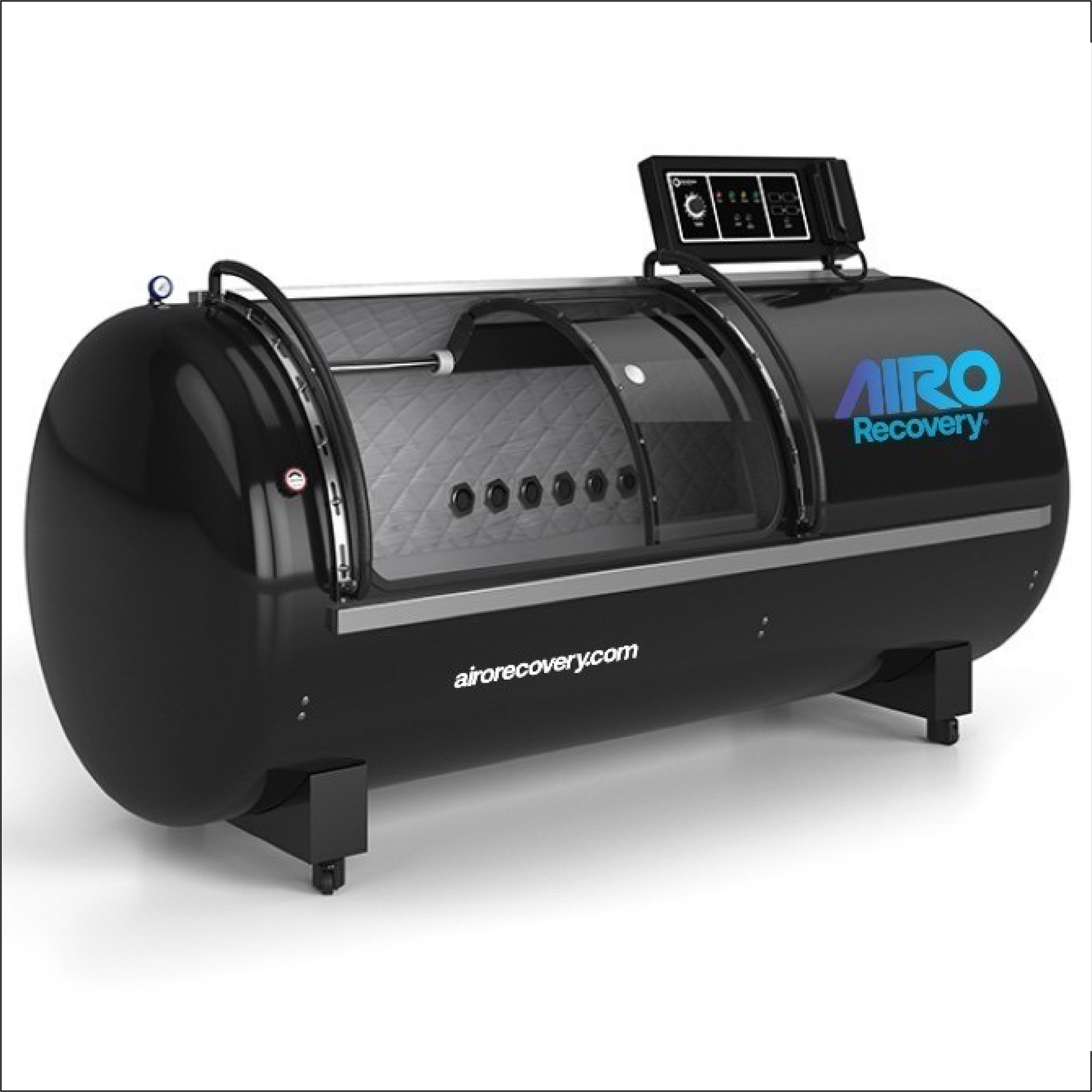Athletes always push their limits, aiming for peak performance and improved outcomes. A key factor that sets top performers apart isn't their training intensity.
Recovery is just as important. It influences both longevity and performance in sports. To be a top-performing athlete, you need customized recovery strategies.
For example, rest days can help prevent overtraining syndrome. It affects up to 60% of elite athletes and leads to increased fatigue and reduced performance.
Quality sleep is vital for recovery. It helps manage injuries and boost athletic performance. Athletes who sleep well tend to be less stressed and healthier.
This guide will explore nine recovery techniques for athletes. It will focus on optimizing your recovery to maintain consistent peak performance.
What are the Best Recovery Techniques for Athletes?
Athletes need the right recovery techniques to stay at their best. Recovery isn't just about resting. It's how athletes rebuild muscles, prevent injuries, and improve performance.
In2024, athletes can use several methods to recover faster and perform at their best. Here, we will explore the top9 techniques that can make a real difference.
1. Get Better Sleep

Sleep is one of the most effective recovery techniques for athletes. It plays a critical role in muscle and overall recovery by repairing tissues and restoring energy. Elite athletes who sleep well suffer fewer injuries and perform better.
Adequate sleep reduces muscle soreness and speeds recovery from exercise. Aim for 7-9 hours each night to enhance recovery through sleep. A regular sleep routine and a restful environment boost blood flow. It's essential for muscle recovery.
Proper sleep is vital for recovery. It is a top method for athletes who want to perform their best.
2. Drink More Water

Staying hydrated is crucial for athletes. Water is important for improving blood flow, which helps deliver oxygen and nutrients to muscles during recovery.
Drinking water after exercise aids recovery. It removes toxins from intense activity and prevents muscle soreness. Proper hydration aids muscle recovery. It keeps muscles efficient and reduces injury risk.
It works well alongside other recovery techniques like cold water immersion and active recovery. Make it part of your daily recovery strategy to drink water regularly before, during, and after workouts.
Staying hydrated is one of the simplest ways to speed up recovery and keep your body in peak condition for future challenges.
3. Hyperbaric Oxygen Therapy

Hyperbaric Oxygen Therapy (HBOT) is a powerful recovery tool that more athletes are using to speed up healing. During HBOT, athletes breathe pure oxygen in a pressurized chamber.
This process helps increase oxygen levels in the blood, allowing more oxygen to reach tissues and damaged muscles.
The extra oxygen can reduce inflammation and speed up tissue repair. This makes it ideal for athletes with muscle injuries or needing to recover from intense training.
The high oxygen levels provided by HBOT help reduce exercise performance-induced muscle damage and speed up the recovery process. Several athletes often use it to reduce soreness and boost performance.
A typical session lasts60-90 minutes. Athletes usually include HBOT in their recovery routine after intense workouts or injuries.
Athletes can benefit from HBOT as it helps accelerate recovery times and reduce muscle fatigue after intense physical activities.
4. Take Supplements

Supplements can play a crucial role in an athlete's recovery process. Nutritional supplements, like protein powders andOmega-3s, can greatly help recovery. They rebuild muscle, reduce inflammation, and improve recovery.
Creatine and branched-chain amino acids (BCAAs) are particularly popular. They play a role in muscle repair and energy restoration post-exercise.
You must effectively incorporate supplements into your recovery strategy. It's important to choose those that support your specific training needs and are safe for use.
Consulting with a sports nutritionist or a medical professional can help. It will ensure that you're using supplements that are appropriate for your body and athletic goals.
Proper use of supplements can significantly enhance muscle recovery. It can also help maintain consistent athletic performance.
5. IV Therapy

IV therapy is becoming popular among athletes for rapid recovery and hydration. This therapy involves administering fluids, vitamins, and minerals directly into the bloodstream. This allows for quicker absorption than oral supplements.
A lot of well-known athletes useIV therapy. It helps them quickly rehydrate, replenish electrolytes, and recover from intense physical exertion.
IV therapy also offers improved hydration, faster nutrient delivery, and immediate recovery support. It helps endurance athletes and those recovering from intense exercise. They need to stay optimally hydrated.
It's important to receive IV therapy under medical supervision. This ensures it is tailored to your health needs and recovery goals.
6. Visualization Methods
Visualization is a mental recovery technique that many athletes use. It is used to enhance performance and aid in physical recovery.
If you would like to do this method yourself, mentally rehearse your athletic activity and visual the success and recovery. It can help improve focus, reduce performance anxiety, and increase confidence.
Athletes often use visualization to mentally prepare for competitions and recover from injuries. It is also used to maintain their training regime during off periods.
By visualizing success, athletes can condition their minds for it. This, in turn, boosts their physical performance.
Studies show that mental practices, like visualization, help athletes recover quickly. They improve muscle memory and speed up recovery.
7. Red Light Therapy

Red Light Therapy (RLT) is a non-invasive method athletes use to speed up recovery and enhance performance.
This therapy uses wavelengths of red and near-infrared light to stimulate cellular function and repair. It is particularly beneficial for muscle recovery, reducing inflammation, and improving circulation.
Athletes use RLT to help heal tissues faster, which can be crucial after intense workouts or injuries.
The therapy works by penetrating the skin to stimulate mitochondria. Which in turn enhances cell energy production and accelerates repair processes.
Typically, athletes might undergo RLT sessions lasting from10 to20 minutes either before or after physical training.
Incorporating RLT into your daily routine has become easy. Their are many available portable red light therapy devices on the market.
It's an effective way to maintain tissue health, reduce downtime due to injuries, and ensure athletes can perform at their best.
8. Cold Water Immersion (CWI)

Cold Water Immersion (CWI) is a widely used recovery method among athletes. This is especially useful after intense training sessions.
It involves immersing the body in cold water, usually between10 and15 °C, for about5 to15 minutes. CWI helps to reduce muscle inflammation, decrease swelling, and muscle soreness after exercise.
Athletes use CWI to speed up recovery by constricting blood vessels in the muscles during immersion.
Once they escape the cold water, blood flow returns quickly, flushing out waste products and bringing fresh oxygen to the tissues.
This process helps reduce exercise-induced muscle damage and speeds up overall muscle recovery. CWI is particularly useful for athletes with delayed onset muscle soreness.
It's a simple and effective way to enhance recovery and prepare for the next training session or competition.
9. Contrast Water Therapy (CWT)

Contrast Water Therapy (CWT) is the latest recovery technique. It involves alternating between cold and warm water immersions.
This method helps reduce muscle soreness and inflammation. It promotes better blood flow and flushes out waste products from the muscles.
Athletes typically switch betweencold water (10-15°C) and warm water (38-40°C) in short intervals, usually lasting around1-2 minutes each.
CWT works by causing the blood vessels to constrict in cold water and then dilate in warm water. This constriction and dilation improve circulation and help with the recovery process.
This alternating effect speeds up the removal of toxins like lactic acid. It helps athletes recover faster after intense exercise. It is especially effective for athletes with sore muscles and exercise-induced damage.
Contrast Water Therapy is a great recovery tool for athletes. It helps those who want to boost muscle recovery and cut downtime between training sessions.
How Do Athletes Recover Quickly?
Athletes recover quickly by using a combination of effective recovery strategies. These methods focus on muscle repair, reducing inflammation, and restoring energy.
To improve your health and well-being as an athlete, consider these key factors:
- Proper sleep
- Better nutrition
- Proper hydration
- Using advanced recovery methods like HBOT and CWT.
Focusing on these aspects can enhance your overall quality of life. Studies show that athletes who sleep 7-9 hours a night perform up to 30% better. They also recover faster.
Hydration plays an important role. Even a 2% drop in body water can significantly impair performance and slow recovery.
Modern techniques, like Cold Water Immersion (CWI) and Red Light Therapy, are very effective. They reduce muscle soreness and exercise-induced muscle damage.
What is the Best Recovery Method?
There isn't a single "best" recovery method, as different techniques work together to optimize results.
Proper sleep and hydration are crucial. But, combining them with advanced methods can be more beneficial. Good sleep plus hydration with techniques like HBOT and CWT can improve recovery and performance.
Research shows that HBOT speeds up recovery. It delivers100% more oxygen to injured tissues, enhancing repair.
The best recovery strategies use a mix of basic and advanced methods. This promotes faster, more effective recovery and long-term health.
Conclusion
Recovery is vital for athletes to maintain performance and avoid injury. Sleep, hydration, and good nutrition are the keys to recovery.
These practices allow the body to heal, replenish energy, and prepare for the next challenge. However, combining these with advanced techniques can take recovery to the next level.
Techniques like Hyperbaric Oxygen Therapy (HBOT), Red Light Therapy, and Cold water immersion recovery can also help.
They speed up muscle recovery, reduce inflammation, and help repair tissue damage caused by intense workouts.
Modern methods like IV therapy and Contrast Water Therapy (CWT) help reduce soreness and speed recovery. They do this by improving increased blood flow and oxygen delivery to the muscles.
In 2024 and beyond, a personalized recovery plan is key. It must have both basic and new strategies. This will keep you competitive and healthy.








